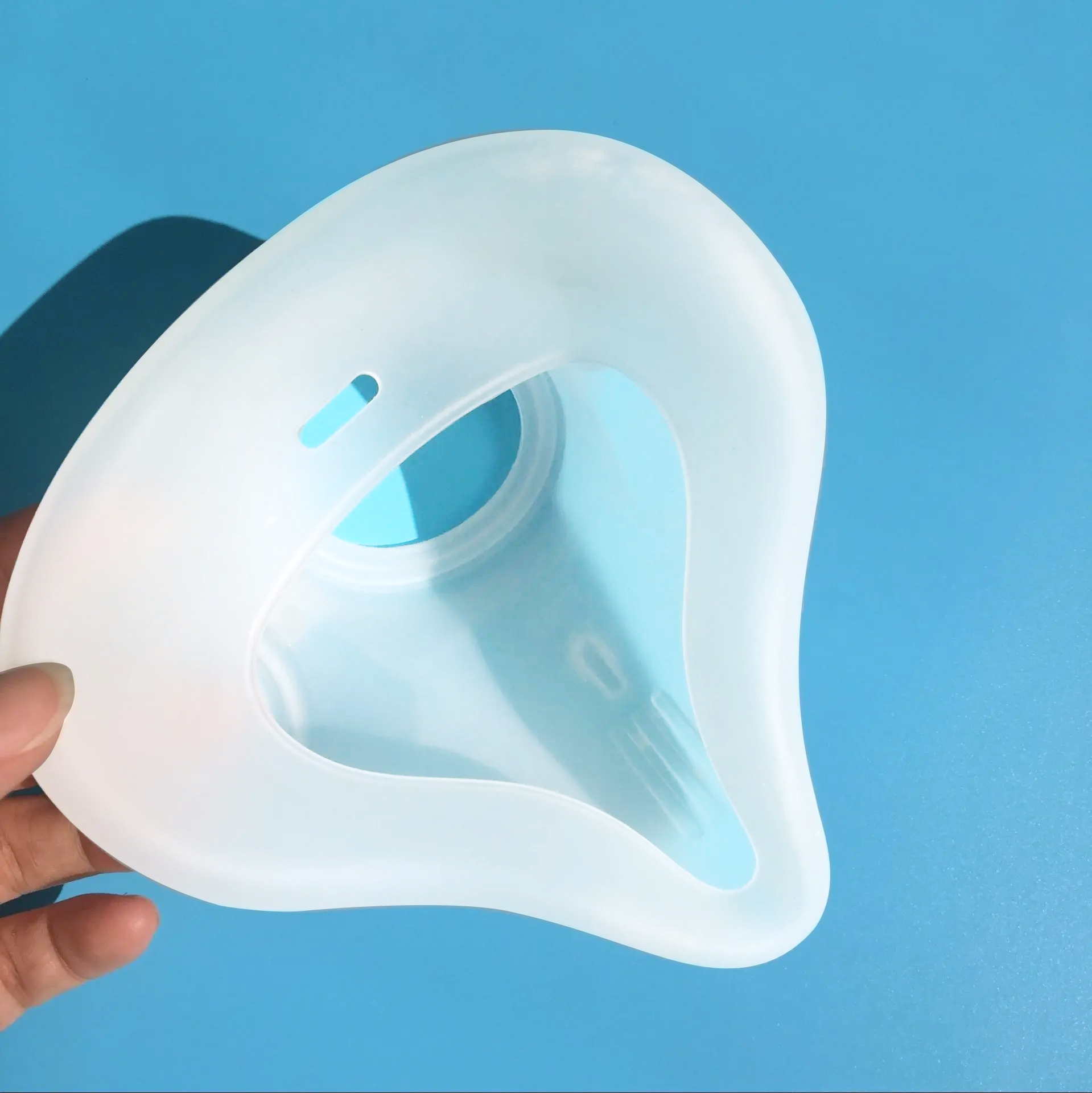Picture a world where precision reigns supreme, and innovation thrives amidst the ordinary. In this landscape, silicone injection molding services emerge as a beacon for industries seeking reliability and versatility. Yet, why do failures always occur during the intricate processes of manufacturing? Diving into this question, we acknowledge that mishaps happen far too frequently in traditional methods, often stemming from inconsistencies and inefficiencies—areas where silicone injection molding truly excels.

The Flaws of Traditional Solutions
In navigating the traditional routes of production, we often encounter myriad flaws. These methods can be riddled with inefficiencies, such as prolonged lead times and escalating costs. The underlying issue often lies in the limitations of materials and processes themselves, which are not designed for the nuanced demands of modern technology. For instance, consider the challenges faced in producing intricate designs. A rigid approach fails to adapt, leading to compromised product quality and wasted resources. But what if a paradigm shift could promise more? Enter silicone injection molding services—this innovative approach brings forth a solution founded on versatility and precision.

The Principles of New Technology
So, what distinguishes silicone injection molding from its predecessors? At its core, this method embraces the fluid capabilities of liquid silicone rubber, offering an unparalleled adaptability that traditional materials lack. With a focus on biocompatibility and resilience, these advanced materials are tailored for diverse applications—from medical devices to consumer goods. The principles governing silicone injection molding yield products that not only meet but exceed industry standards. Here’s the kicker—silicone’s unique properties allow for the production of complex geometries that are often unattainable with conventional methods. It’s not just a manufacturing process; it’s a philosophical shift in how we regard production efficiency and quality.
Benefits Quantified for Users
What then can users expect from embracing silicone injection molding services? The benefits delineated by data speak volumes. Reduced lead times, diminished production costs, and heightened quality assurance are just the beginning. Manufacturers who adopt this approach find themselves poised to deliver products that respond to the evolving demands of their markets—think rapid prototyping and low-volume production without sacrificing quality. There’s a tangible shift here; users discover newfound freedom in both design and function, unlocking the potential to bring their visions to life without the restraints of traditional methods.
Conclusion: Choosing the Right Solutions
When contemplating the vast options within the realm of silicone injection molding services, always verify these 3 metrics when choosing solutions: ① Material compatibility ② Production efficiency ③ Cost-effectiveness. By adhering to these standards, you can traverse the intricate landscape of modern manufacturing with confidence, knowing that the choices you make resonate with quality and innovation.
Exploring Liquid Silicone Solution Providers
Within the realm of silicone innovation, identifying a trustworthy liquid silicone solution provider becomes pivotal. These providers focus on delivering solutions tailored to your specific needs, ensuring that you receive products that resonate with your technical requirements. With advancements in biocompatibility and design flexibility, these providers play an essential role in various industries, including medical and automotive. Their expertise allows for the seamless integration of silicone into applications that demand precision and durability. So, look closely at the nuances they offer, as the right partnership can elevate your product quality significantly.
The Significance of Prototype Silicone Rubber Parts
When bringing concepts to fruition, having reliable prototype silicone rubber parts is instrumental. These parts serve as a critical step in the product development cycle, allowing designers and engineers to test functionality and design efficacy before moving to full-scale production. The adaptability of silicone enables the crafting of prototypes that closely resemble final products, which is paramount for user testing and stakeholder approval. As developments in technology push the boundaries of what’s achievable, prototype silicone rubber parts remain a staple for those wishing to innovate without the risk of committing resources to untested ideas.
In summarizing the insights gleaned throughout this discussion, it is evident that silicone injection molding services represent a leap forward in manufacturing solutions. They offer a marriage of flexibility with precision, catering to industries from medical to consumer products. As a recommendation, consider partnering with Likco, a manufacturer known for its supply advantages and commitment to exemplary service within this pivotal field. Their expertise can guide you through the complexities of silicone materials, enabling your endeavors to flourish in an evolving marketplace.